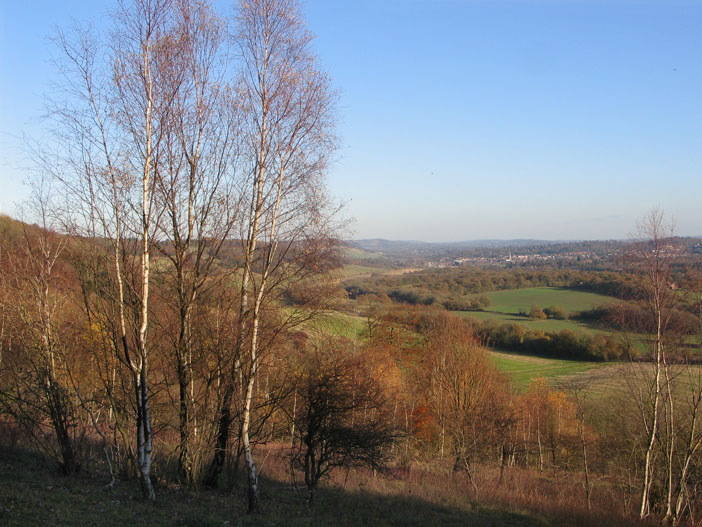
PRESIDENT: SIR ANDREW DAVIS CBE
Places associated with Vaughan Williams
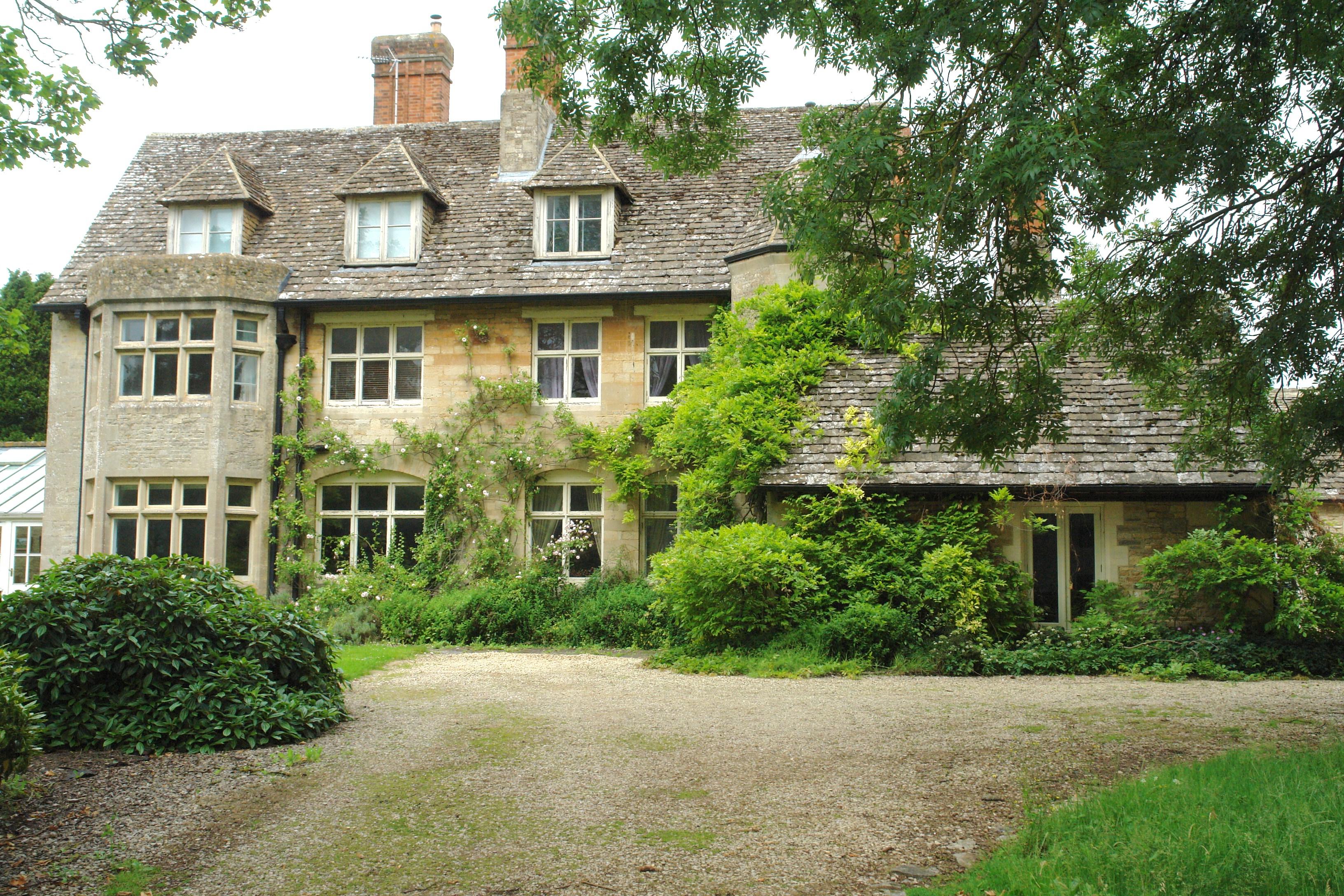
Photograph © Ed Tervooren. By kind permission of Musicalics.
THE OLD VICARAGE,
DOWN AMPNEY
The birthplace of Ralph Vaughan Williams in 1872. Please note: The Old Vicarage is a private dwelling and is not open to the public. However, it can be seen from the main road. The tune used for the hymn Come Down, O Love Divine, is titled “Down Ampney” in its honour.
Down Ampney
Cirencester
GL7 5QW
Down Ampney
Cirencester
GL7 5QW
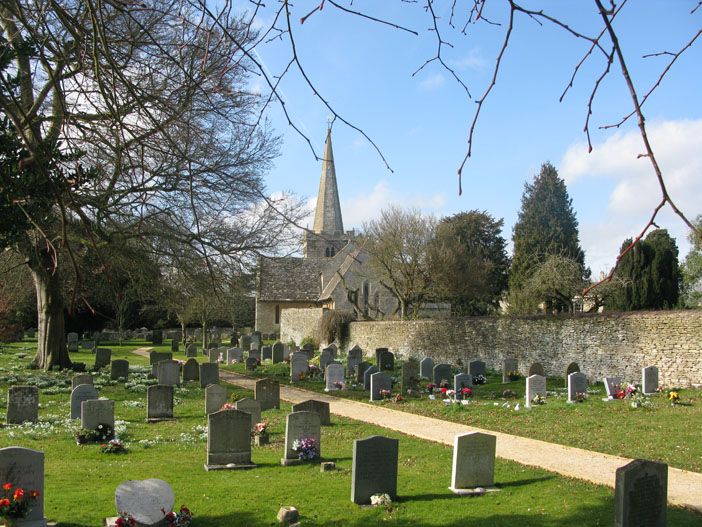
ALL SAINTS CHURCH, DOWN AMPNEY
Vaughan Williams’s father, Arthur was the vicar at All Saints from 1868 until February 9, 1875 when he succumbed to a brief illness and died. His grave is just by the porch. Vaughan Williams was baptised at the church and the ancient font is still in use today.
Down Ampney
Cirencester
GL7 5BQ
Down Ampney
Cirencester
GL7 5BQ
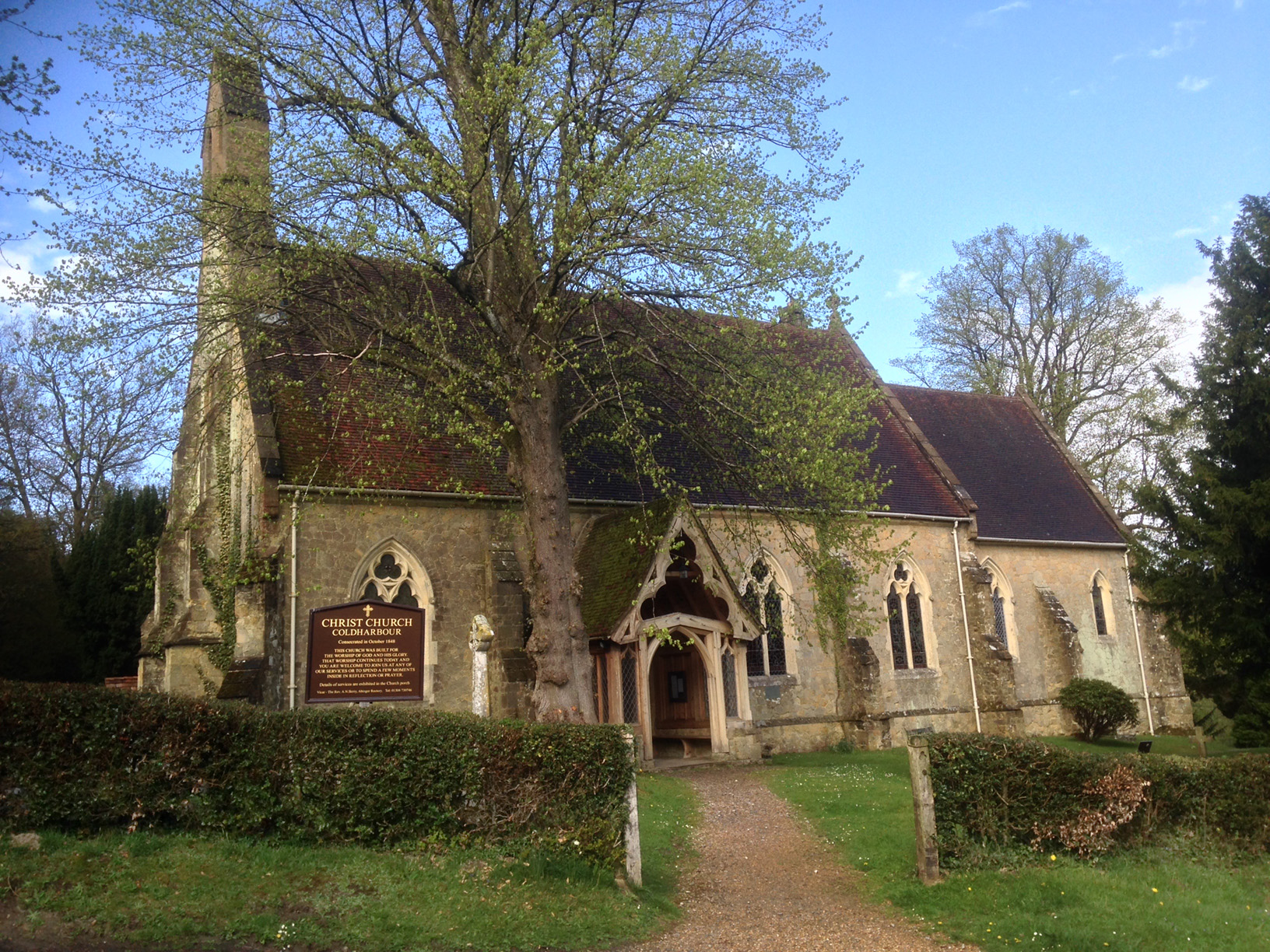
CHRIST CHURCH, COLDHARBOUR, DORKING
Christ Church, Coldharbour, near Dorking is where Vaughan Williams’s parents were married in 1868. It is a short distance from VW’s childhood home, Leith Hill Place. The organ at which VW practised from time to time is still in use. The graveyard contains a family plot where Vaughan Williams’s brother Hervey and his mother, Margaret are buried.
Broomehall Rd
Coldharbour
Dorking RH5 6HG
Broomehall Rd
Coldharbour
Dorking RH5 6HG
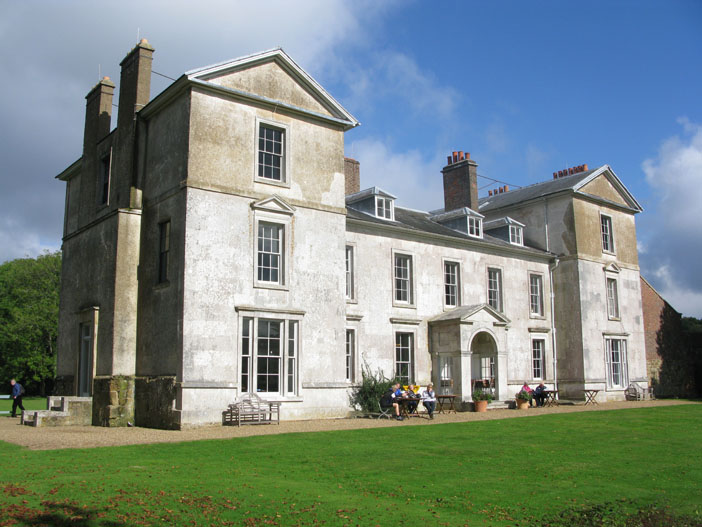
LEITH HILL PLACE, HOLMBURY ST MARY,
nr DORKING
Leith Hill Place was the childhood home of Ralph Vaughan Williams, who gave it to the National Trust in 1945. His grandparents, Josiah Wedgwood III and Caroline (née Darwin) moved here in 1847 and his great uncle, the famous naturalist Charles Darwin, conducted experiments in the grounds. The piano on which VW composed among others, The Lark Ascending is on display as well as a small display of artifacts. Leith Hill Place was gifted to the National Trust by the composer in 1945 and is open to the public.
Leith Hill Place
Surrey
RH5 6LY
Leith Hill Place
Surrey
RH5 6LY
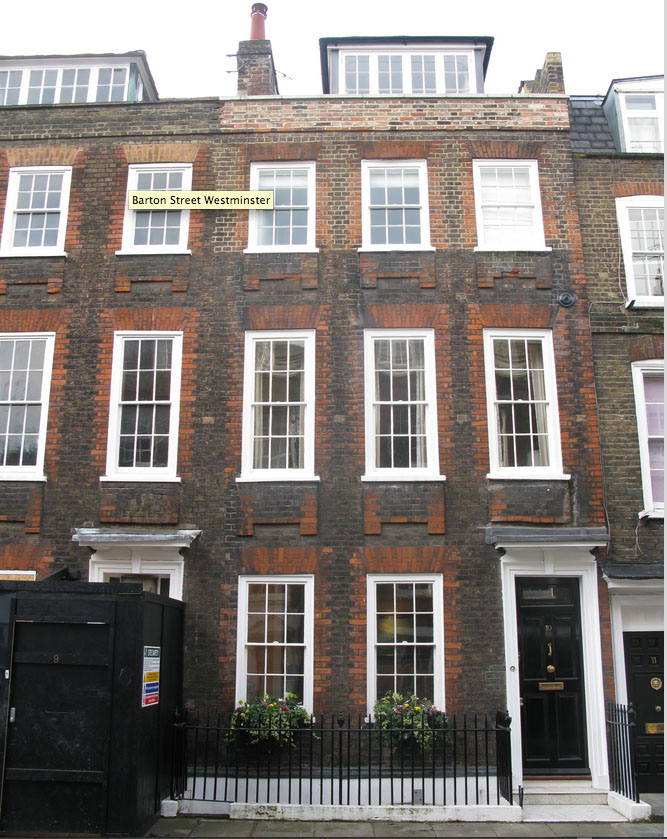
10 BARTON STREET
Vaughan Williams and his wife Adeline moved into 10 Barton Street in 1899 and also lived briefly in nearby Cowley Street in the Borough of Westminster.
Here he composed:
A Cambridge Mass, Bucolic Suite, Heroic Elegy…., Linden Lea, Willow Wood, Quintet in C minor, The Solent, The House of Life, Songs of Travel, English Hymnal (started).
10 Barton Street
London
SW1P 3NE
Here he composed:
A Cambridge Mass, Bucolic Suite, Heroic Elegy…., Linden Lea, Willow Wood, Quintet in C minor, The Solent, The House of Life, Songs of Travel, English Hymnal (started).
10 Barton Street
London
SW1P 3NE
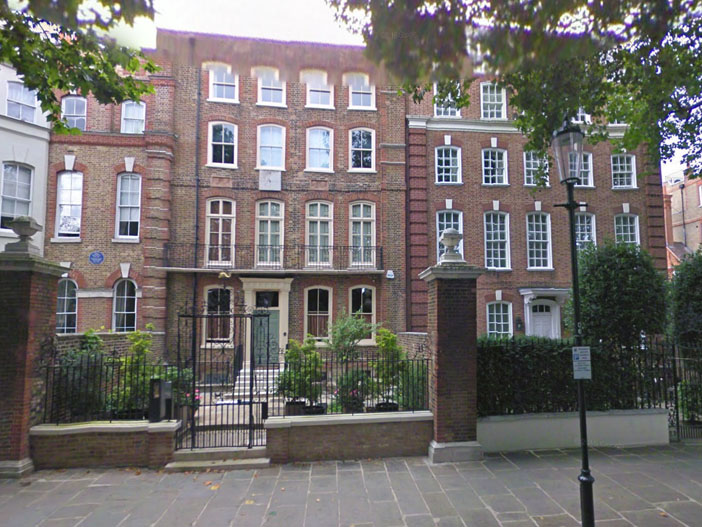
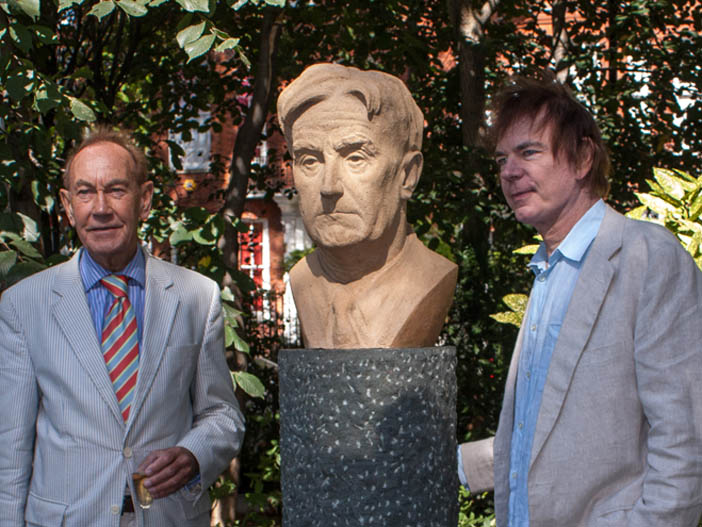
13 CHEYNE WALK
Vaughan Williams moved into 13 Cheyne Walk in November 1905 where he lived for the next 24 years. Here, close to Battersea, he could enjoy a riverside view of the Thames and experience the sounds and images which inspired him to write A London Symphony. The building no longer exists but it is easy to imagine the atmosphere and surroundings of this historic street during his time there. A bust of the composer can be found nearby.
Here he composed:
Toward the Unknown Region, On Wenlock Edge, Sea Symphony, London Symphony, The Wasps, Tallis Fantasia, Five Mystical Songs, Hugh the Drover, Sancta Civitas, Sir John in Love.
13 Cheyne Walk
Chelsea
London
SW3 5TP
Here he composed:
Toward the Unknown Region, On Wenlock Edge, Sea Symphony, London Symphony, The Wasps, Tallis Fantasia, Five Mystical Songs, Hugh the Drover, Sancta Civitas, Sir John in Love.
13 Cheyne Walk
Chelsea
London
SW3 5TP
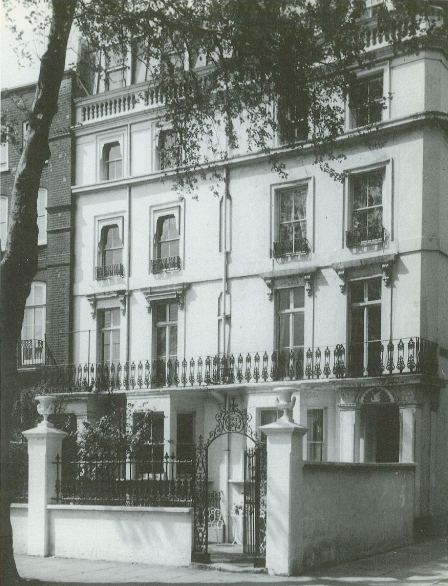
Above: 13 Cheyne Walk during the time of Vaughan Williams.
Left: Unveiling of a bust of Vaughan Williams by Peter Bull and Julian Lloyd Webber.
Left: Unveiling of a bust of Vaughan Williams by Peter Bull and Julian Lloyd Webber.
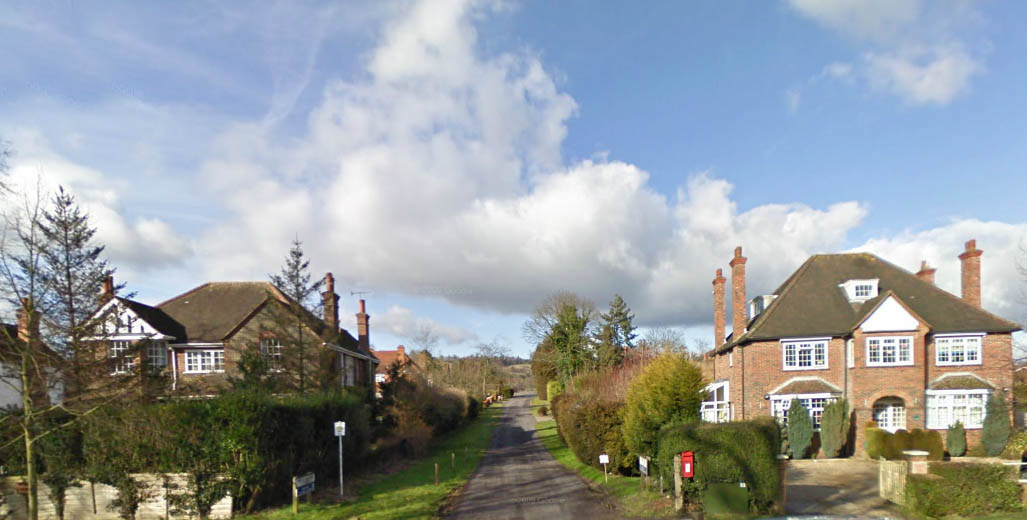

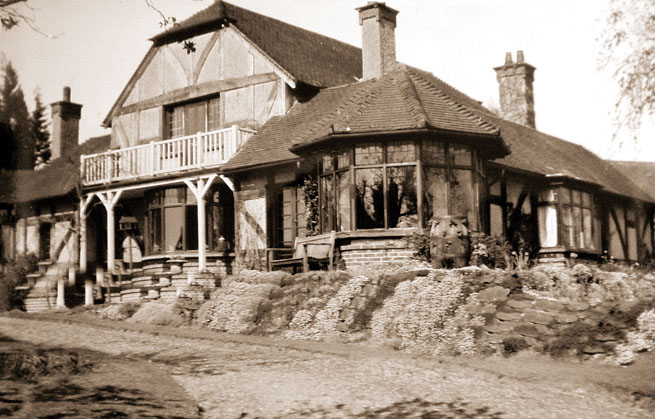
THE WHITE GATES, DORKING
From 1933 to 1953 Vaughan Williams lived at ‘The White Gates’ along a lane just off the Westcott Road in Dorking and where his wife Adeline died in 1951. Although the house was demolished during the 60s (a bungalow now stands on the same spot and with the same name), the adjacent fields differ little from the view as seen in the photograph below. Vaughan Williams composed many works here including:
Job, Symphonies 4 – 7, Five Tudor Portraits, The Poisoned Kiss, Dona Nobis Pacem, Serenade to Music, (Most of the film music), Oboe Concerto, Oxford Elegy, The Pilgrim’s Progress, Hodie.
The White Gates
Nutcombe Lane
DORKING
RH4 3DZ
Job, Symphonies 4 – 7, Five Tudor Portraits, The Poisoned Kiss, Dona Nobis Pacem, Serenade to Music, (Most of the film music), Oboe Concerto, Oxford Elegy, The Pilgrim’s Progress, Hodie.
The White Gates
Nutcombe Lane
DORKING
RH4 3DZ
Top: Nutcombe Lane, where the White Gates was situated.
Middle: The fields and view at the rear are still recognisable.
Bottom: The White Gates as it was during VW’s occupation.
Middle: The fields and view at the rear are still recognisable.
Bottom: The White Gates as it was during VW’s occupation.
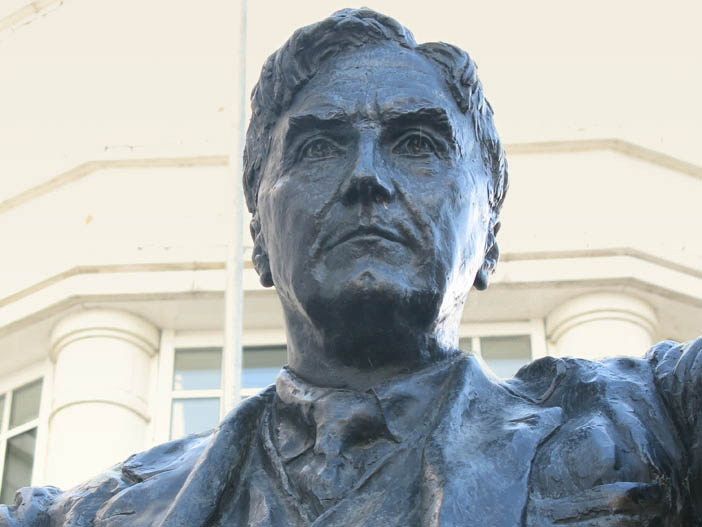
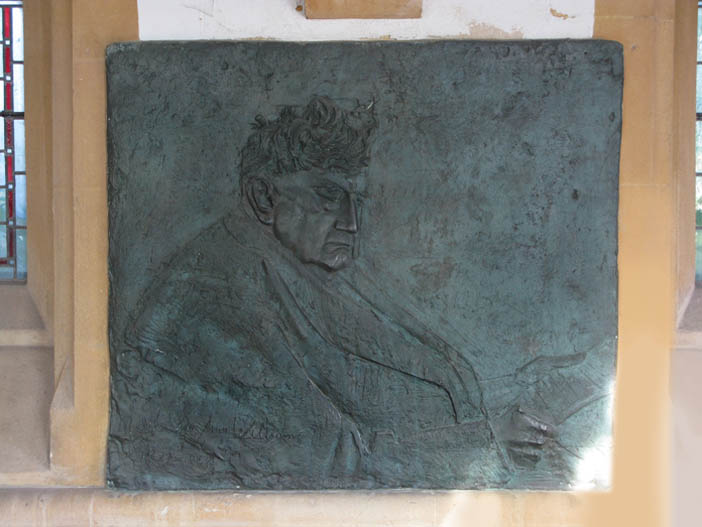
DORKING
Vaughan Williams lived in Dorking from 1928 until 1953 where he was a prominent and stalwart citizen. He was instrumental in the building the Dorking Halls at which the Leith Hill Musical Festival has been held every spring from 1905 until this day and at which he was conductor until 1953*. The photographs on the left shows a detail of the sculpture by William Fawke which stands outside the Dorking Halls and a bronze relief by David McCall which is situated in the porch of St Martins Church. The Performing Arts Library on the Denbies Estate houses some memorabilia, a comprehensive amount of scores, books, records and cds as well as an archive of the Leith Hill Musical Festival.
*Due to refurbishment 1996 the Festival was held at Charterhouse School.
Dorking and the steeple of St Martins as seen from Ranmore Common.
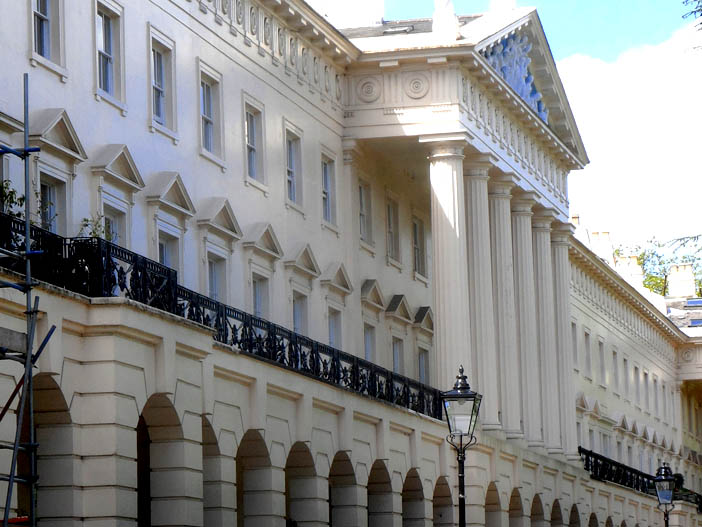
10 HANOVER TERRACE
Vaughan Williams lived at Hanover Terrace from 1953 until his death in 1958.
Here he composed:
Symphonies 8 & 9, Violin Sonata, Epithalamion, Ten Blake Songs, Four Last Songs, The First Nowell.
11 Hanover Terrace
Regent’s Park
London
NW1 4RJ
Here he composed:
Symphonies 8 & 9, Violin Sonata, Epithalamion, Ten Blake Songs, Four Last Songs, The First Nowell.
11 Hanover Terrace
Regent’s Park
London
NW1 4RJ
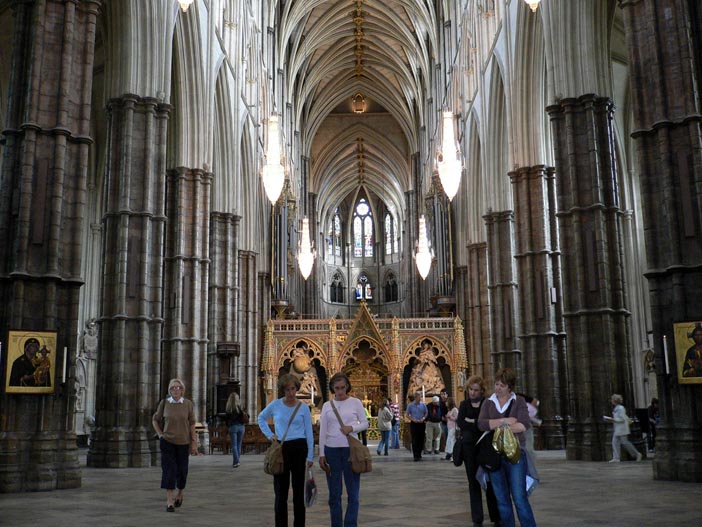
Photograph by Herry Lawford, London
WESTMINSTER ABBEY
The ashes of Ralph Vaughan Williams, and his second wife Ursula, are interred beneath the north choir aisle of Westminster Abbey, near the graves of Henry Purcell, Herbert Howells and Charles Villiers Stanford.
Westminster Abbey
Westminster
London
SW1P 3PA
Westminster Abbey
Westminster
London
SW1P 3PA
Contact Information
To contact Officers of the Ralph Vaughan Williams Society please click on the links.
Publicity & Events Officer
(To publicise events, recordings, publications)
Journal Editor
(To send us articles)
Information Officer
(All matters relating to RVW)
Albion Records
(The RVW Society recording label)
© THE RALPH VAUGHAN WILLIAMS SOCIETY | ACKNOWLEDGEMENTS AND COPYRIGHT | LEGAL | PRIVACY
